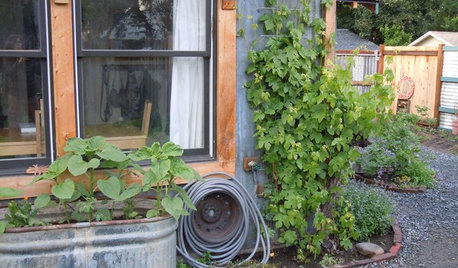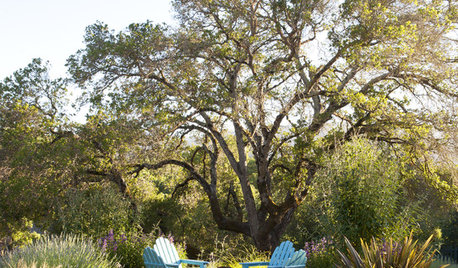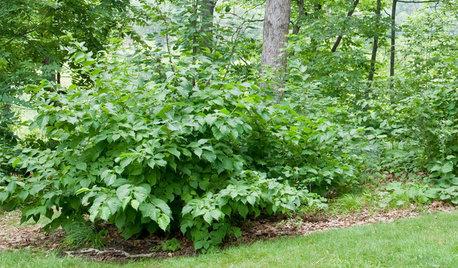What is this fungus?
dangann
10 years ago
Related Stories

GARDENING GUIDESEdible Gardening Essentials: Tips for Traditional Hand Watering
Save the expense and hassle of a complicated garden system with a simple watering can or inexpensive hose add-ons
Full Story
HEALTHY HOMEWhat You Need to Know About Dust and How to Fight It
Breathe easier with these 10 tips for busting mites, dander and other microscopic undesirables
Full Story
GARDENING GUIDESPacific Northwest Gardener: What to Do in June
Now's the time to prune pines and vines, prevent pests and buy June-blooming plants to keep your garden healthy and beautiful
Full Story
GARDENING GUIDESWhat to Plant Under Western Native Oak Trees
Keep your tree healthy by underplanting with ground covers, grasses, perennials and shrubs that thrive in dry summer conditions
Full Story
GARDENING GUIDESCommon Myths That May Be Hurting Your Garden
Discover the truth about fertilizer, soil, staking and more to keep your plants healthy and happy
Full Story
HOUSEPLANTSIndoor Winter Gardens for Cheerier Days
Bring plants inside for drab-days mood boosting — not to mention cleaner indoor air and protection for your greenery
Full Story
MOST POPULARHow to Get Rid of Those Pesky Summer Fruit Flies
Learn what fruit flies are, how to prevent them and how to get rid of them in your home
Full Story
WINTER GARDENINGPruning Secrets for Exquisite Roses
Encourage gorgeous blooms year after year with this time-tested advice on how to prune your rosebush in winter for health and shape
Full Story
HOUSEKEEPINGTo-Dos: Your July Home Checklist
Get your safety and housekeeping ducks in a row so you can splash into carefree summer fun
Full Story
GARDENING GUIDESGreat Design Plant: Corylus Americana Awakens the Woodland Garden
Plant American hazelnut for three seasons of interest and to feed our furry and feathered friends
Full Story






wisconsitom
ken_adrian Adrian MI cold Z5
Related Professionals
Beavercreek Landscape Architects & Landscape Designers · Port Royal Landscape Architects & Landscape Designers · Vernon Hills Landscape Architects & Landscape Designers · Burlington Landscape Contractors · Huntington Landscape Contractors · Kaysville Landscape Contractors · Rockville Landscape Contractors · Markham Landscape Contractors · Fairfax Siding & Exteriors · Western Springs Siding & Exteriors · Crystal Lake Decks, Patios & Outdoor Enclosures · Estero Decks, Patios & Outdoor Enclosures · Lauderdale Lakes Decks, Patios & Outdoor Enclosures · Pecan Grove Decks, Patios & Outdoor Enclosures · Tomball Decks, Patios & Outdoor Enclosuresfloral_uk z.8/9 SW UK
floral_uk z.8/9 SW UK
mikebotann
ken_adrian Adrian MI cold Z5
dangannOriginal Author
floral_uk z.8/9 SW UK
brandon7 TN_zone7
floral_uk z.8/9 SW UK
salicaceae
blakrab Centex
hoovb zone 9 sunset 23